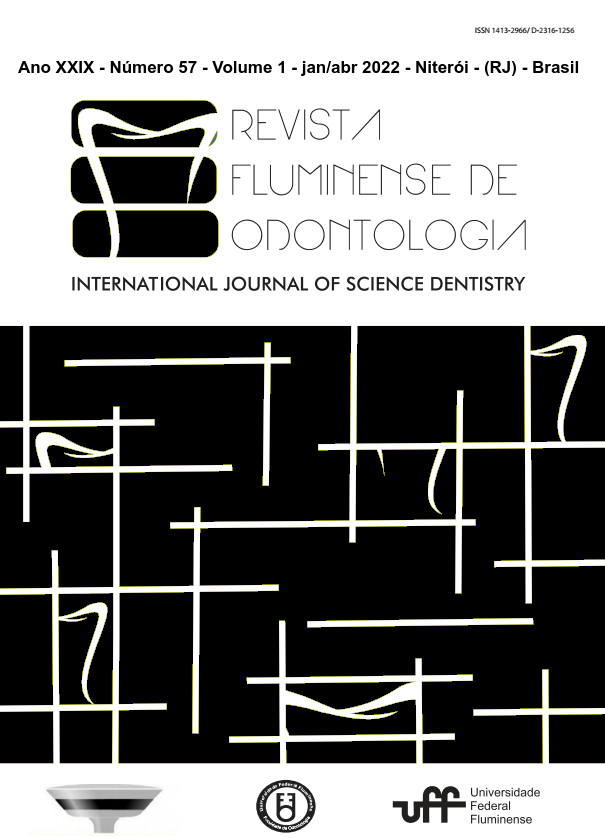STEP-BY-STEP FOR USE OF PLATELET-RICH FIBRIN AS A HEMOSTATIC AGENT AFTER EXODONTIC: DESCRIPTION OF THE TECHNIQUE
DOI:
https://doi.org/10.22409/ijosd.v1i57.50850Abstract
Tooth extraction is one of the most frequent procedures in oral and maxillofacial surgery and is related to physiological changes in the alveolar process. In this sense, among the main transoperative complications is hemorrhage, which usually occurs through the dental alveolus, due to damage to the blood vessels where the extraction was performed. An alternative to obtain hemostasis is the use of Fibrin Rich in Platelets (PRF), which is a white platelet concentrate obtained from the patient's blood that undergoes a centrifugation step. The membrane obtained after this process is rich in leukocytes, platelets and growth factors that promote modulation of cells involved in the healing process, favoring a better and faster repair of surgical lesions. This fibrin matrix has several uses for dentistry, showing good results, in addition to being low cost and easy to obtain. The aim of this article is to describe the technique for obtaining Platelet-Rich Fibrin (PRF) used as a hemostatic after tooth socket extraction, thus allowing its reproducibility and use.
Key words: Platelet-rich fibrin; hemostatic; dentistry; extraction.





